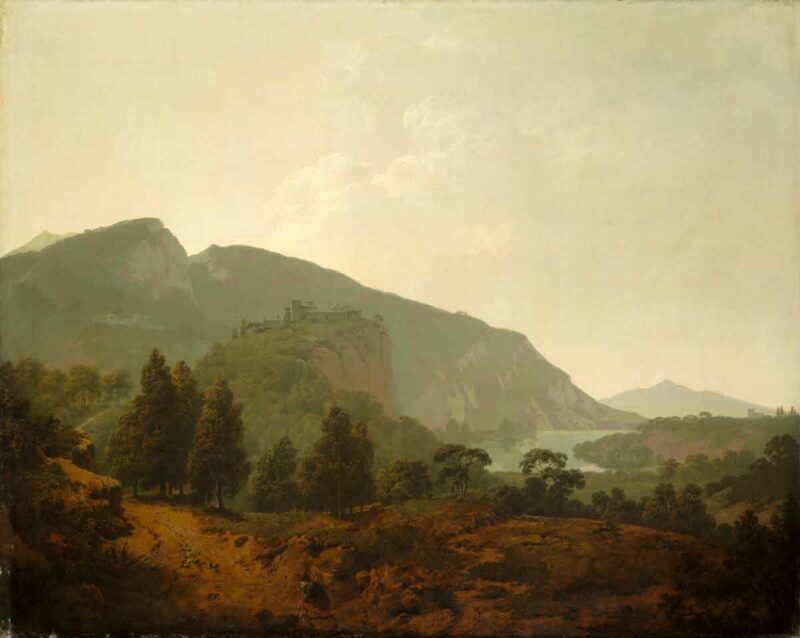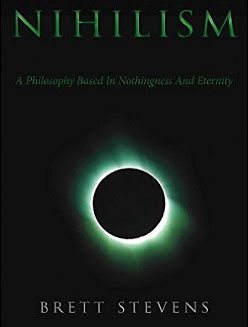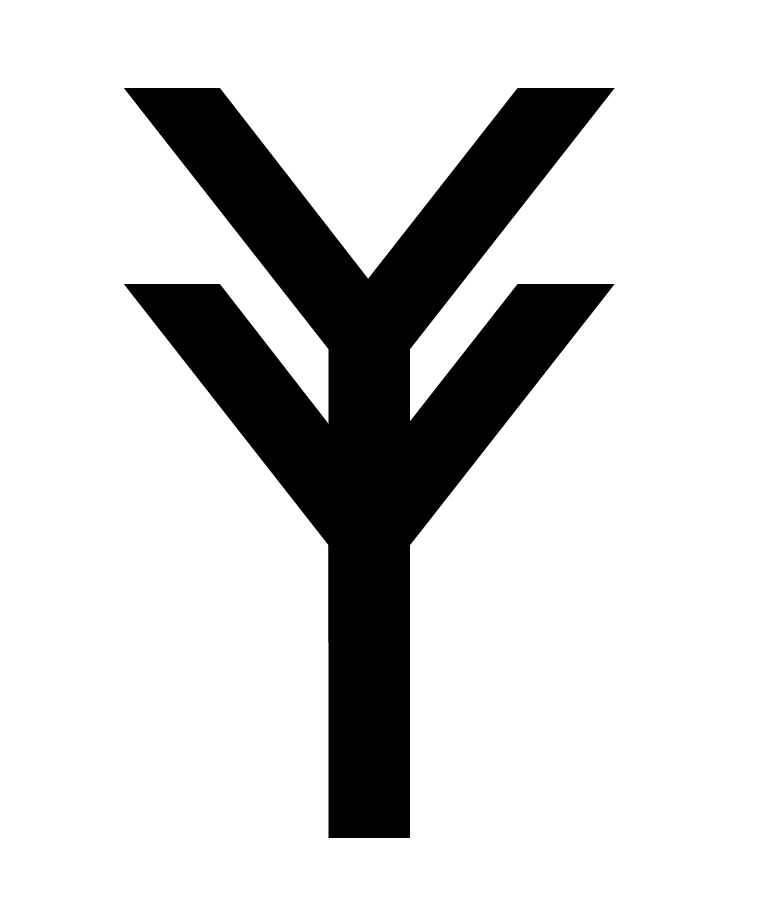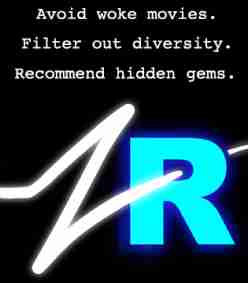African Subspecies Differences from Europeans and Asians
Humanity succeeded in its initial aim of conquering nature to the point that humans no longer faced the threat of likely imminent death, disease, or starvation. That kicked off a wave of democratization, where we celebrated every human as worthwhile, and forgot that most of the notions that humans prefer are self-serving and delusional.
This was probably a reaction to the repetitive nature of successful civilization. Once you learn to grow crops, you get up every morning to grow crops. Three generations later, you are doing the same thing every day and bored with life, which causes many to pursue ironist contrarian alternatives to known methods of success.
These people are anti-success, anti-reality, and ultimately self-destructive because they are despairing. Life is repetition, in a large part, but what drove these people nuts was the lack of personal power of choice in their lives. Consequently they invented ideologies based on humans being in control and subsidized by the rest.
Democratization and humanism led to a denial of human variation, which is the cause of “inequality” among other things. We are not all clones, genetically, and therefore we have different abilities. Some of those work out better and some not. Even Creationists recognize that Darwinism shapes current species, whether originally made by God/gods or not.
Individualists want egalitarianism because only “equality” affirms the value of people for being human, therefore does not reject them for individualism, the philosophy of personal power at the expense of others. Egalitarianism rejects the idea that different outcomes are the results of different abilities between social classes, races, ethnes, and individuals.
As we come out of the mental smog of the democracy era, people are rediscovering the genetic history of humanity, including the subspecies theory which holds that modern races are defined by ancient mixing between humans and a range of now-extinct Homo species. For example, Africans reflect an ancient ancestor:
We provide complementary lines of evidence for archaic introgression into four West African populations. Our analyses of site frequency spectra indicate that these populations derive 2 to 19% of their genetic ancestry from an archaic population that diverged before the split of Neanderthals and modern humans.
Some authors hold that this ancient population was Homo Erectus and that mixing occurred much longer ago than modern history recognizes:
Genetic and fossil data gave dates for the origin of the races of only about 65,000 years ago (“ya”), but those rules implied that the races began more than two million years ago (“mya”).
This would mean that recent Neanderthalis inclusions in Europeans are not the cause of European-ness, but reflect Europeans absorbing populations around them as minor contributors that will affect abilities and appearances to this day but are slowly being bred out.
If modern humans emerged two million years ago, or even a half-million years ago, then almost all of the differences in race/subspecies among modern people can be explained as admixture from groups that may have originally branched off from the modern humans or evolved in parallel.
Evola raised an interesting point, which is that evolution is a two-way street; some aim for higher intelligence, but dumber creatures with simpler requirements work better, in the same way that IBM PC clones replaced mainframes in the 1980s and then smartphones replaced PCs last decade.
If Evola and the Creationists are right, modern humanity has been around for millions of years and the other subspecies reflect breeding between modern humans and other Homo species; science would offer that perhaps modern humans evolved long ago from orangutan-like creatures, and the branching of races occurred after that through admixture.
We can see some evidence for these various propositions — taboo because they reject the politically-important “Out of Africa” theory which holds that all humans evolved in Africa relatively recently — in the forensic examination of ancient genetics of groups such as the Denisovans:
They found evidence for Denisovan ancestry in ancient human genomes from at least 6000 years before the Salkhit individual lived and determined that the Denisovan contribution differed from that of another ancient Asian individual, as well as from the ancient Denisovan contribution to extant Australasians.
The Denisovans provided the genetic difference for Asian and Australid populations, two of the four “root races” from which all modern human combinations are derived (the other two groups are Africans and Caucasians; Australids are Indian Dravidians or Australian aborigines).
This shows us a model where modern humans spread outward from Eurasian origins and gradually mixed with other groups, mostly replacing them. If that process had continued, the world would look a lot more like Nordic-Germanic Caucasians, who most resemble the ancient nomadic groups that wandered from Europe to Siberia and the middle east.
The “soft science” explanation of this research tells us more about ancient Denisovan admixture in modern Asiatic groups:
Prior to this study, it was known that the genomes of certain populations, such as Papuan individuals, contained about 5% Denisovan ancestry, and that Denisovan ancestry throughout Asia was present to a lesser degree. However, comparison of DNA sequences shows a much closer Denisovan match among Han Chinese, Chinese Dai, and Japanese sequences.
Oriental groups with the highest Denisovan percentage are the ones we think of as being the “most Asian” since they have the classic appearance of those races. In other words, Denisovan admixture is what defines Asians, and even a few percentage points make people radically different than those without it.
This shows us a world of subspecies. In the East were the “Dragon people” who emerged from the Denisovans, in Africa the Australopithecus or Erectus-influenced hybrids, and in Europe, modern humans who picked up varying degrees of Neanderthal influence.
Genetic history shows us that admixture events occurred over time, probably through waves of modern human emigrants looking for new lands as their old ones became prosperous and thus, crowded:
We find Denisovan ancestry in populations from East and South Asia and Papuans. Denisovan ancestry comprises two components with differing similarity to the sequenced Altai Denisovan individual. This indicates that at least two distinct instances of Denisovan admixture into modern humans occurred, involving Denisovan populations that had different levels of relatedness to the sequenced Altai Denisovan.
Nomads, while they use the land less, use more of it, since they wander widely instead of staying in one place. They likely followed food supplies, hunting migratory species and stopping by areas where food plants either grew naturally or were planted. This means that even small numbers of nomads produce cast-offs.
It is also likely that the nomadic life was both eugenic and hard. The caravans formed by invitation, and lesser specimens of the tribe probably found themselves excluded, but also, a great number of people probably saw the appeal of simply living near and cultivating food plants and livestock instead of hunting.
As these groups cast off members, those ventured forth and hybridized in situ with the other subspecies they encountered, producing the four modern races (and the combinations of them that define, along with gene drift, modern ethnes). Asia for example has several subspecies that differentiate its regions:
Together with the recently described Homo luzonensis, we suggest that there were multiple archaic species that inhabited the Philippines prior to the arrival of modern humans and that these archaic groups may have been genetically related. Altogether, our findings unveil a complex intertwined history of modern and archaic humans in the Asia-Pacific region, where distinct Islander Denisovan populations differentially admixed with incoming Australasians across multiple locations and at various points in time.
Looking further into related research, it turns out that genetics recognizes the tripartite related subspecies:
On the basis of the unique mosaic of primitive (that is, Australopithecus-like) and derived (that is, H. sapiens-like) morphological features observed on these specimens, we assign them to a new species, H. luzonensis.
In Africa, we have an Australopithecus/Erectus-like group, and in Asia, multiple groups of Dragon People descended subspecies, with varying grades of Oriental and Australid, including whatever violent group settled in Mongolia and began its attempts to conquer China, Eurasia, the middle east, and Europe.
If we are going to talk honestly about humanity with an eye to a human future, we have to speak of the genetic differences between individuals, ethnic groups, social classes, and races including the trace miscegenation common in Semitic, Irish, Southern, and Eastern European groups.
Tags: australopithecus, biology, denisovans, ethnicity, genetics, hbd, homo neanderthalis, hybridization, miscegenation, race, trace admixture, trace miscegenation










